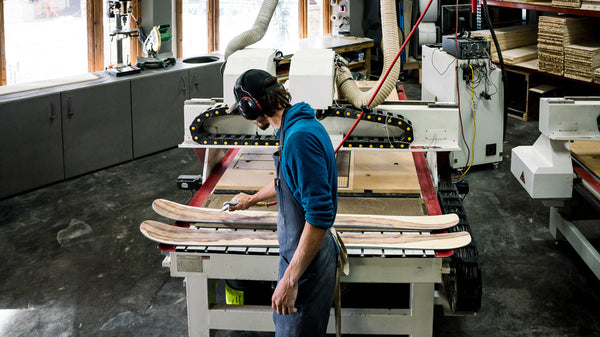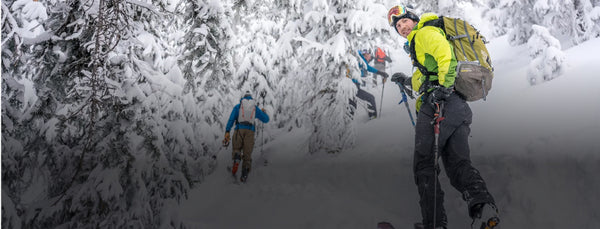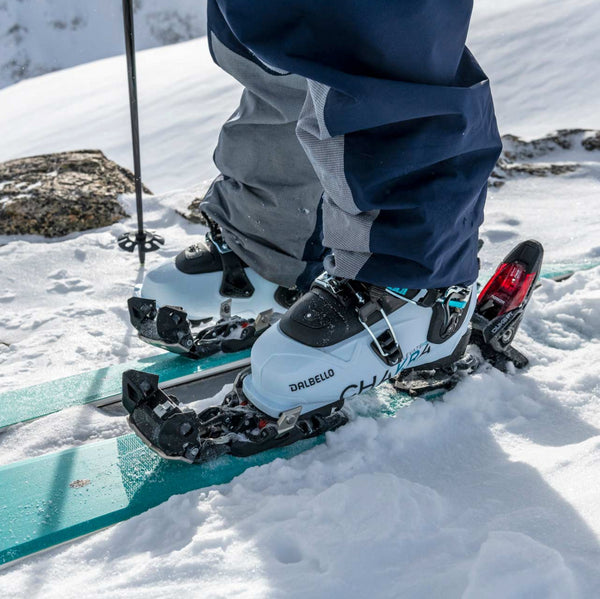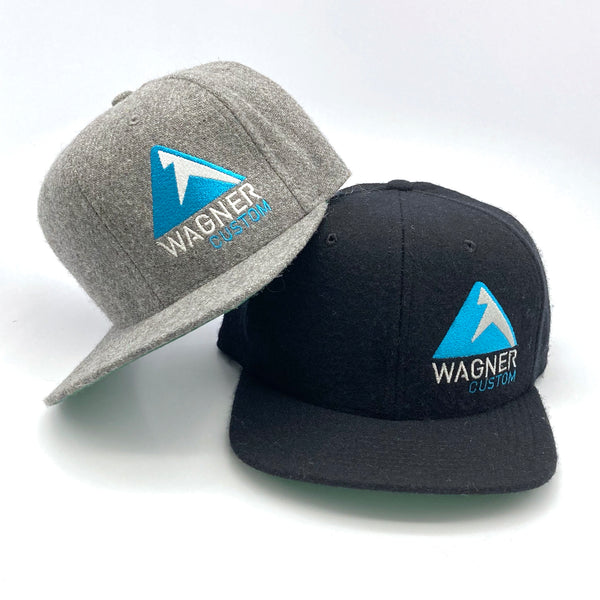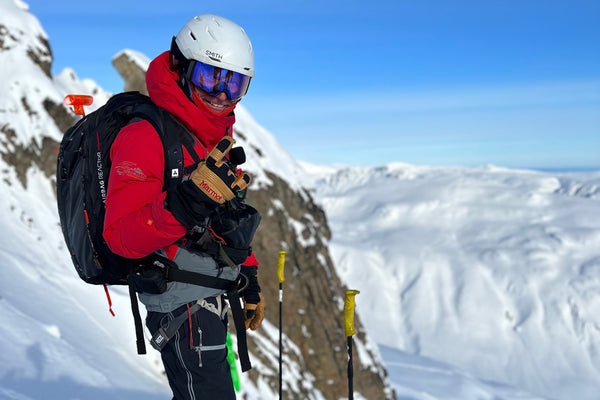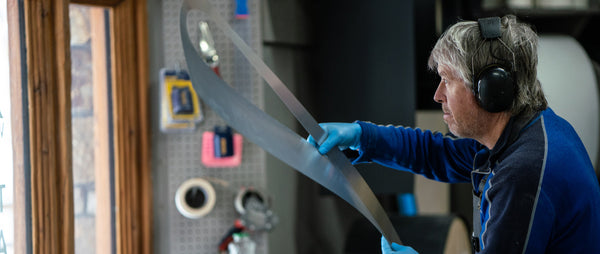Whether you are new to the sport of skiing, a seasoned veteran, or somewhere in between, there are a few characteristics you should look for when purchasing or renting skis.
Beginner skiers want to find a ski that is going to be forgiving, light and has a soft flex. Intermediates want skis that are predictable and stable. Advanced and expert skiers, depending on their terrain preferences, will want a ski with versatility and reliability.
What are the best skis for each category? Unfortunately it isn’t that easy, but here we will break down what to look for in a ski so that you can improve your skiing and have more fun on the mountain.
BEGINNER SKIS & SKIERS
As a beginner skier, you want skis that are both comfortable and trustworthy. An ideal ski will be forgiving, light on your feet, and easy to initiate and release from turns. You want skis that will be easy to balance on which will, in turn, help you feel more comfortable. As a beginner skier, it’s natural to want to improve your skiing at a faster rate to get off the bunny hill and flat runs. If you have the correct equipment, you can progress in your skiing faster than the average person.
The goal of a beginner ski lesson is to achieve a well-controlled skidded parallel turn – a turn that is useful for speed control and obstacle avoidance on any terrain, and that can be easily adapted for clean rhythmic round turn on any groomed terrain.
A beginner ski should have a BIG sweet spot, so it doesn’t punish errors of stance. Because beginners will stick to groomed terrain the ski should be fairly narrow. Wider skis make it harder for a beginner to “feather” the edge-set to achieve that easy skidded parallel turn. A very soft flex, or very short length, or any form of rocker encourages swivel-steering but doesn’t contribute to that long sweet spot. Instructors often prefer to see lower-level students on skis that reward pressure control from the sole of the foot. This means we want an even flex pattern — nothing radical. Beginner skis are nearly always rented so make sure the rental shop doesn’t steer you to something too wide or too rockered.
Simply put, as a beginner skier, you want skis that offer comfortable control. You need skis that are helping you, not fighting against every turn you take. The right skis will help you gain the confidence you need to tackle harder green runs and eventually blues.

